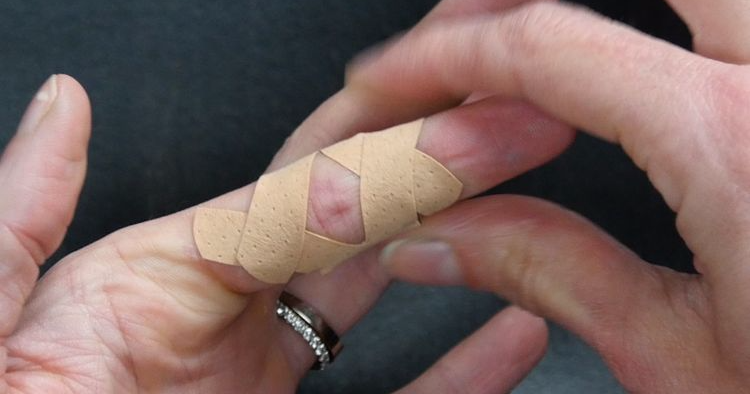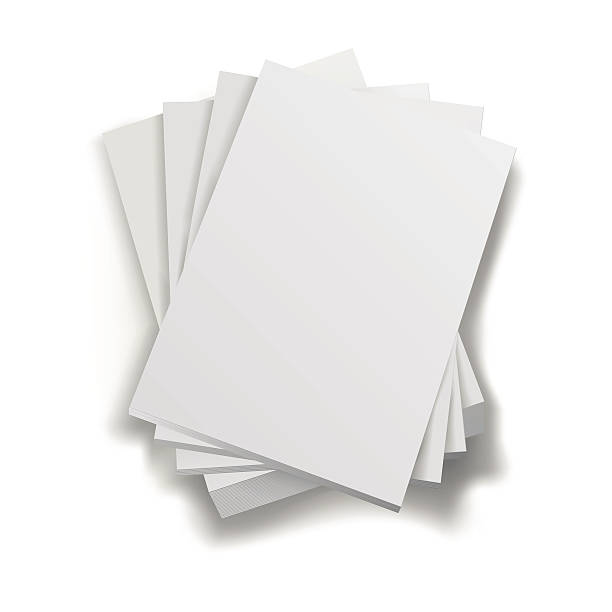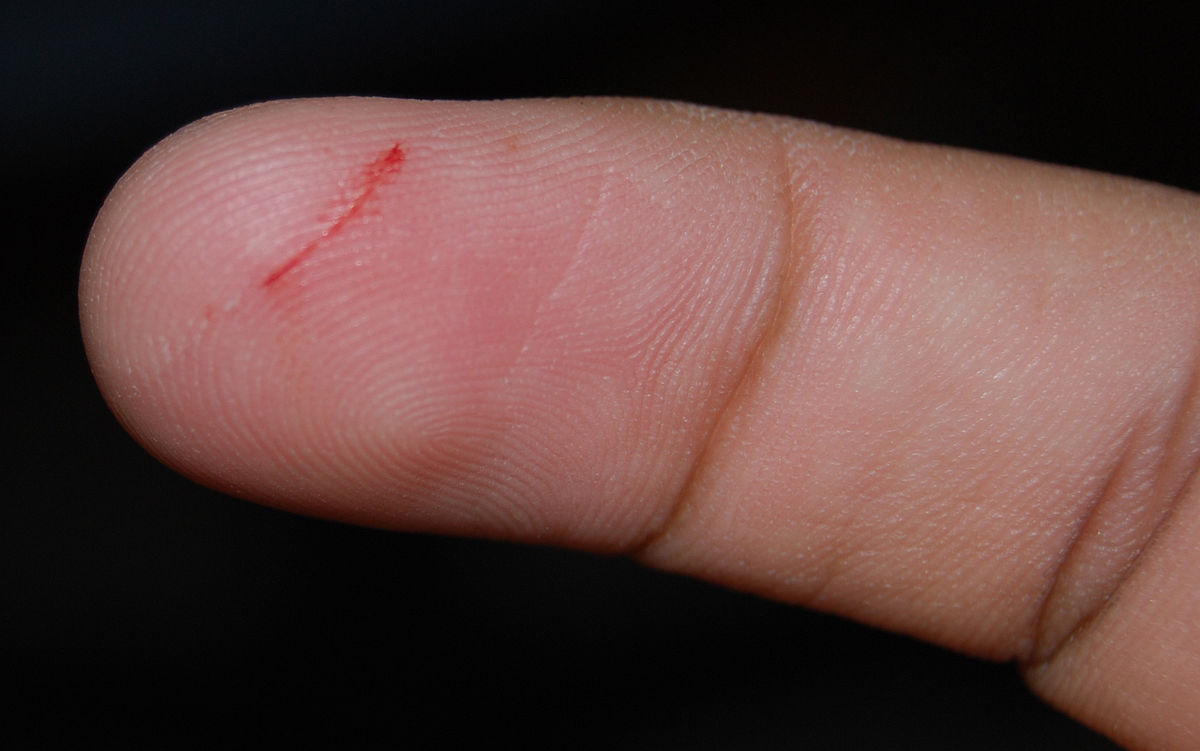So, you got a paper cut, huh? Not quite sure how a piece of paper can cause so much pain in your life? Or why it hurts so darn much? Or what the best way to deal with it?
Don't worry, we've got all the answers.
How It Happens
No, paper edges aren't made of teeny tiny knives. A loose piece of paper in itself is way too soft to actually do major damage. The problem arises when there's enough pressure on the paper to cut the skin. Most commonly, paper cuts are caused by sheets of paper that are bundled together with one sheet being dislodged from the rest. The other sheets hold the loose one in position, causing it to act like a razor blade and slice your skin. Ouch.
Of course, thicker paper like cardstock and even cardboard can also cause paper cuts because of the structure of the material. The stiff, abrasive nature of the paper gives it the necessary pressure to cut your skin.
Our skin is able to withstand basic pinpoint forces due to the way our collagen fibers are laid out. However, it can't withstand the motion of sawing or shearing.
So Why Does It Hurt So Much?
You probably think paper cuts hurt so much because it's an open wound, just like a scraped knee. But the reality is the pain you experience from a paper cut is far different than a regular scratch.
Paper cuts can stimulate a large number of pain receptors on your skin. The cuts are rarely that deep, so they don't bleed excessively. The lack of blood means your pain receptors (which are nerves) are left directly exposed to the air for a prolonged period of time. This over-stimulation from the air is what causes your paper cuts to hurt so badly.
Now, I know what you're thinking. "I've gotten deep paper cuts before and they still hurt even though they're bleeding!" Yes, this can happen. Because the wound is deeper, you're exposed to the chemicals on the paper fibers, such as bleach. Imagine pouring bleach into an open wound? No thanks.
In general, your fingers have a greater concentration of sensory receptors than the rest of your body, which is why the pain feels more intense from a small cut.
So what's the best way to deal with a paper cut?
How To Treat It
The best way to deal with a paper cut is to follow these steps:
- Rinse the area with cool water to get ridof any debris in the cut.
- Scrub gently with soap and water, making sure not to scrub too hard and open the wound further
- Avoid hydrogen peroxide, isopropyl alcohol, or iodine as they can kill healthy tissue and slow down the healing process.
- Apply gentle pressure with a bandage to stop any bleeding.
- Let your paper cut heal on its own. Once the wound has closed, the air will dry it out.
Extreme Paper Cut Harm
There are some ways that paper cuts can cause serious harm and even be life-threatening. According to Popular Science, almost 13,000 people in the United States suffer from severe hemophilia, which is a disorder that doesn't allow your blood to clot. If a hemophiliac gets a paper cut on their tongue from licking an envelope, it could prove to be very dangerous.
"If one of these people sliced an exposed blood vessel, like the one under the tongue, their blood would not be able to clot to plug the wound. Glanzmann's patients are especially vulnerable," Beaut Mitchell, a bleeding disorder specialist, says, "and could lose 25 percent of their blood within eight hours from such a cut."
Another complication that could arise is sepsis, which kills 258,000 people annually.
Michael Bergers almost died from sepsis after a paper cut became infected. He was in a coma for three weeks.
"It started from a paper cut", explains Michael. "It scared the hell out of me, can't believe that was actually me. They said I was circling the drain, I had a 50/50 shot from what they told me, I had a 50/50 shot of living."
Marianne Kraemer, the administrative director for infection control at Kennedy Health says, "The ultimate goal is to recognize it, treat it and minimize any side effects a patient may have of sepsis so it doesn't progress to severe sepsis or septic shock."
Of course, this is a very rare case. But it shows that "a simple paper cut" shouldn't be ignored. Take the time to properly clean it so you can avoid any potential infections!



